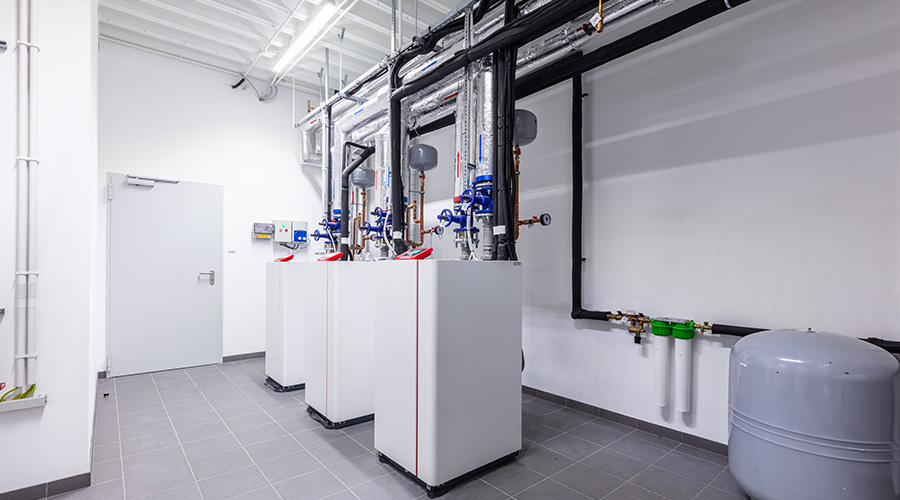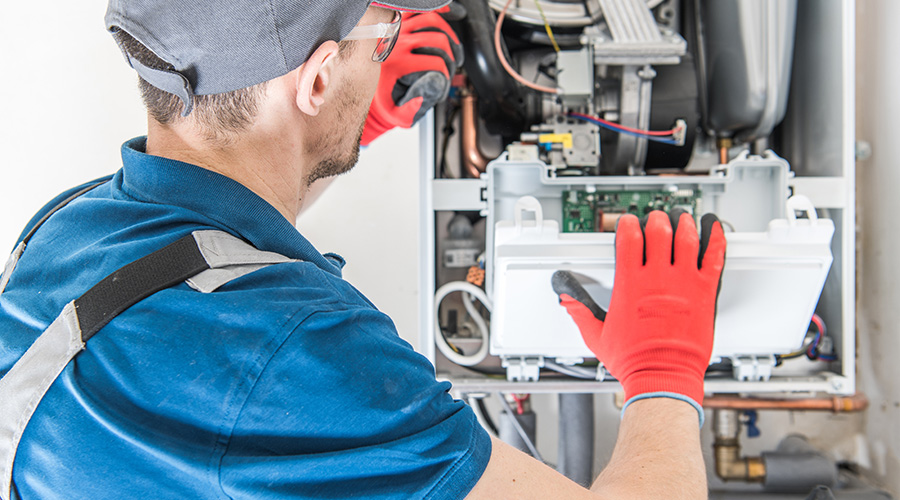Retrocommissioning: Question Boiler-Maintenance Records
Retrocommissioning starts with a detailed review of the boiler or water heater, including data on equipment installed, connected loads, the critical nature of those loads, maintenance history, and its operating performance. If as-built drawings of the existing installation are available, managers should carefully review them.
In addition to installation errors, the passage of time might result in changes to the installation, particularly changes technicians implemented to correct maintenance issues that now prevent the boiler from operating as efficiently or effectively as intended.
Next, managers need to review all available maintenance records for the boiler and consider these questions:
- Have technicians performed maintenance according to manufacturer recommendations?
- Have they bypassed certain boiler features to circumvent operational issues?
- Has the boiler required more maintenance as it has aged?
- What are the known operational and maintenance issues?
Compiling this information might be time-consuming, but having access to it is critical in understanding the boiler's condition and performance.
Technicians also will need to perform tests on the boiler. They must check and test all safety features to ensure they operate properly. They also must measure the boiler's efficiency under various loads and verify the boiler's control system operates properly.
Once they have completed the test and managers have analyzed the results, the retrocommissioning process will identify the steps that can improve the boiler's efficiency and performance. These steps can range from simple changes in operating procedures to major overhauls of boiler components. Managers then can develop estimates for these measures and evaluate their options, including overhauling, upgrading, or replacing the boiler.
Implementation Issues
The results of the data-gathering and testing stages will result in a roadmap managers can use to improve the operation of the boiler or water heater. The roadmap will provide a list of recommended tasks, along with their relative costs. Managers can implement some of these steps without interfering with the boiler‘s operation, while others will require a shutdown and interruption of service and, therefore, careful scheduling.
The key to success is developing a schedule that allows facility operations to continue with minimal disruption while completing the retrocommissioning tasks in a reasonable amount of time.
The process does not end there. Retrocommissioning is not necessarily a one-time task. Managers must be prepared to repeat the process to ensure the boiler or water heater continues to operate efficiently. The timing of the process will depend on the application, as well as the condition and size of the installation.
Related Topics:













